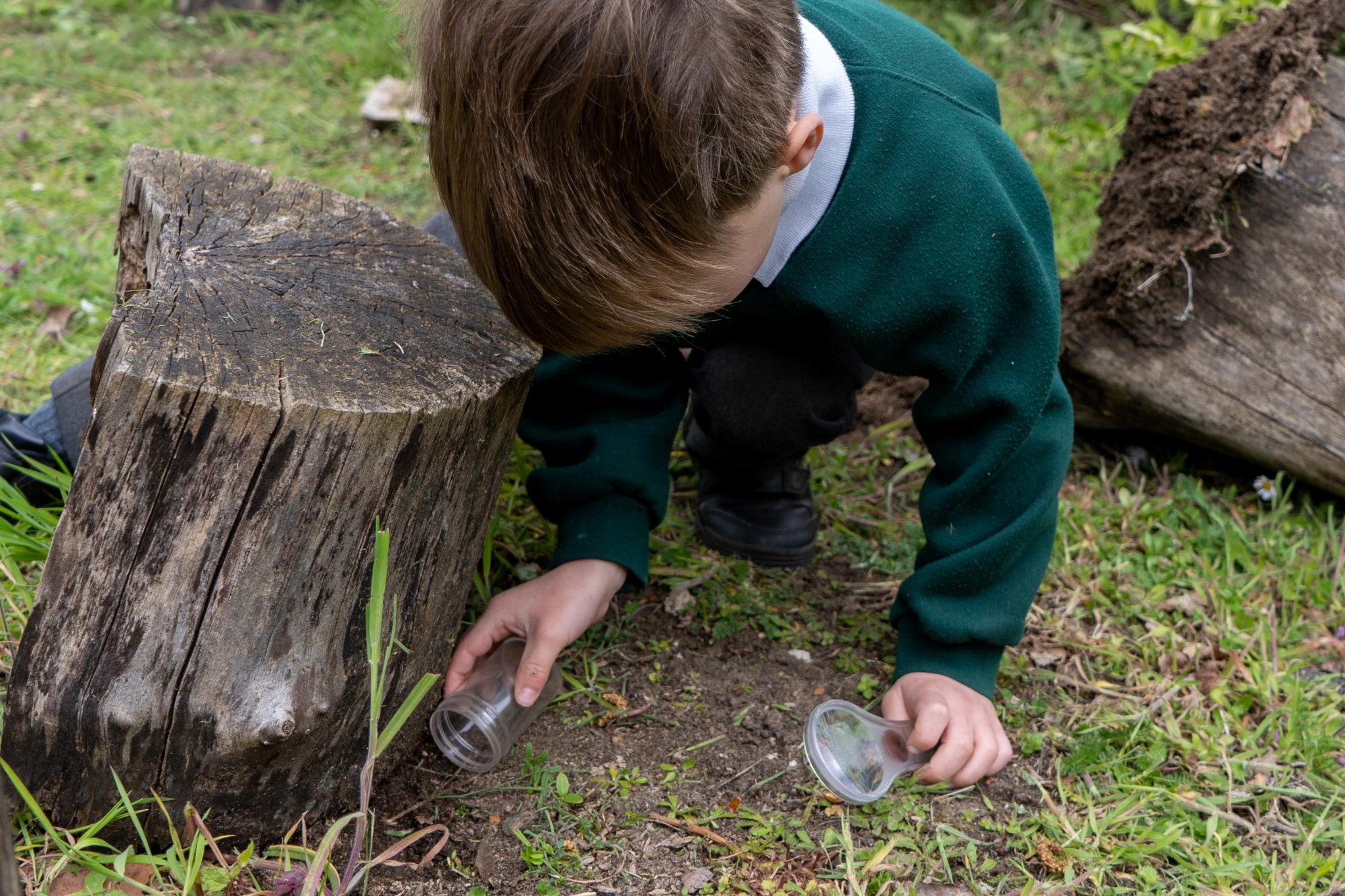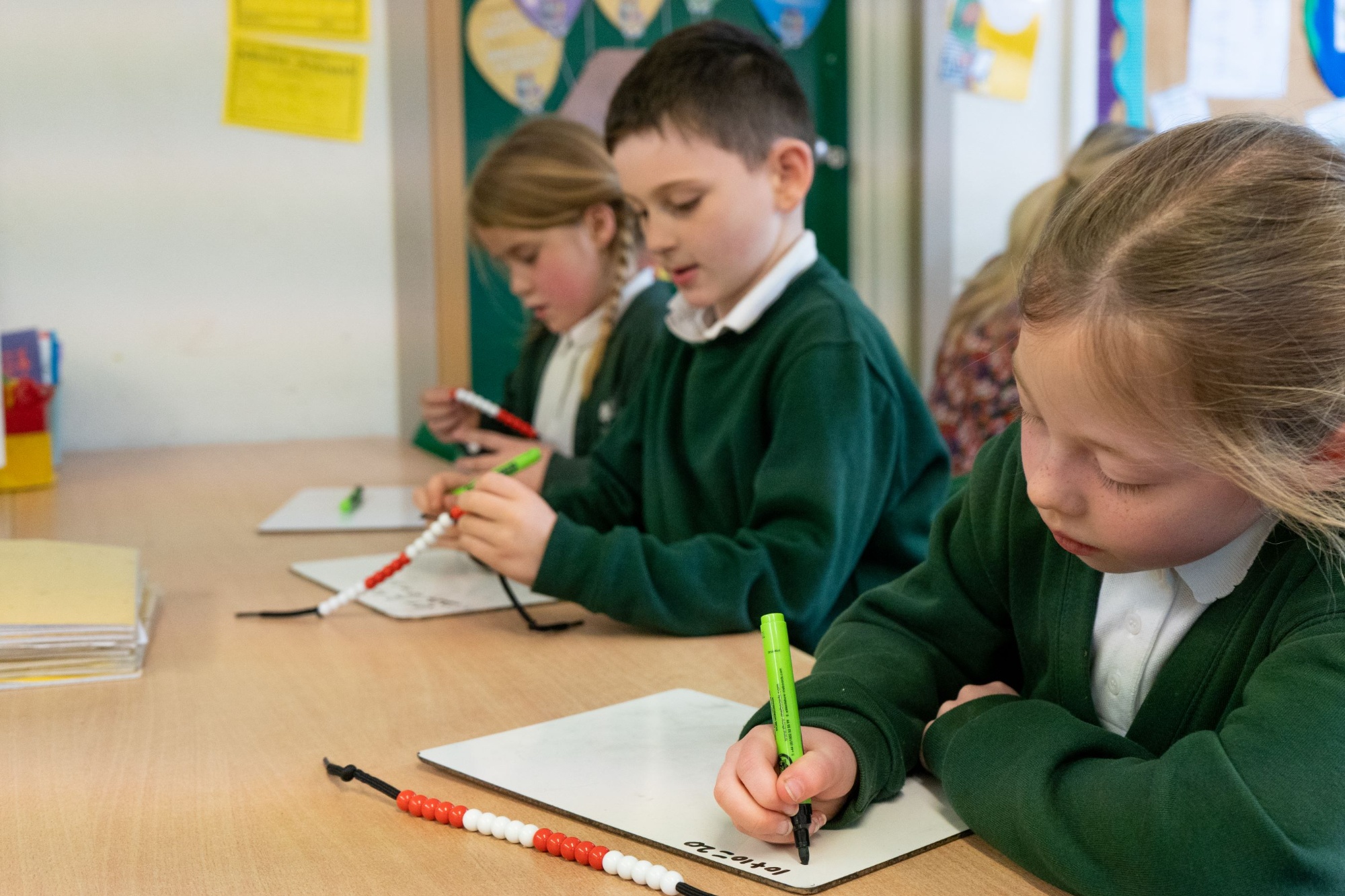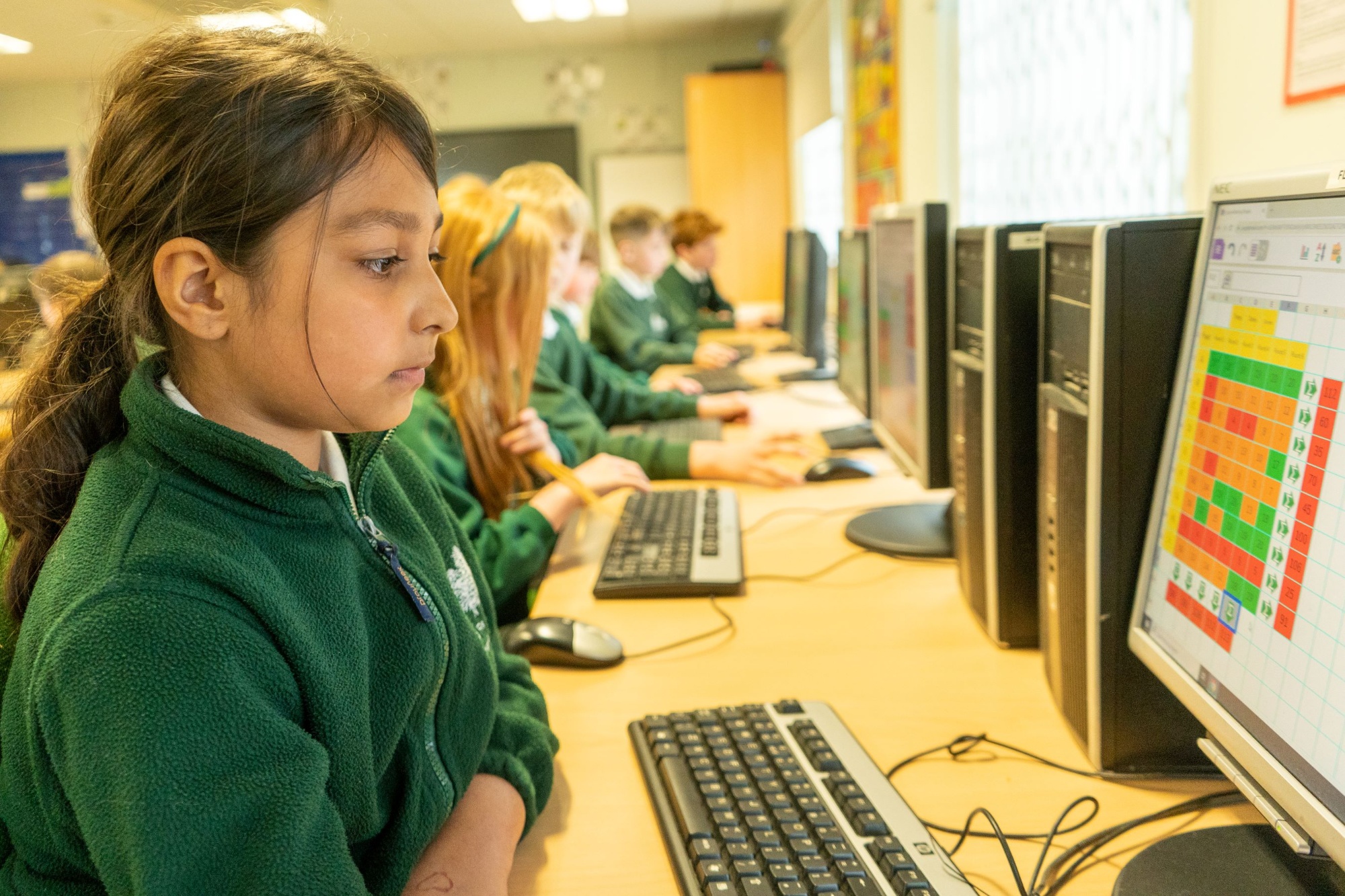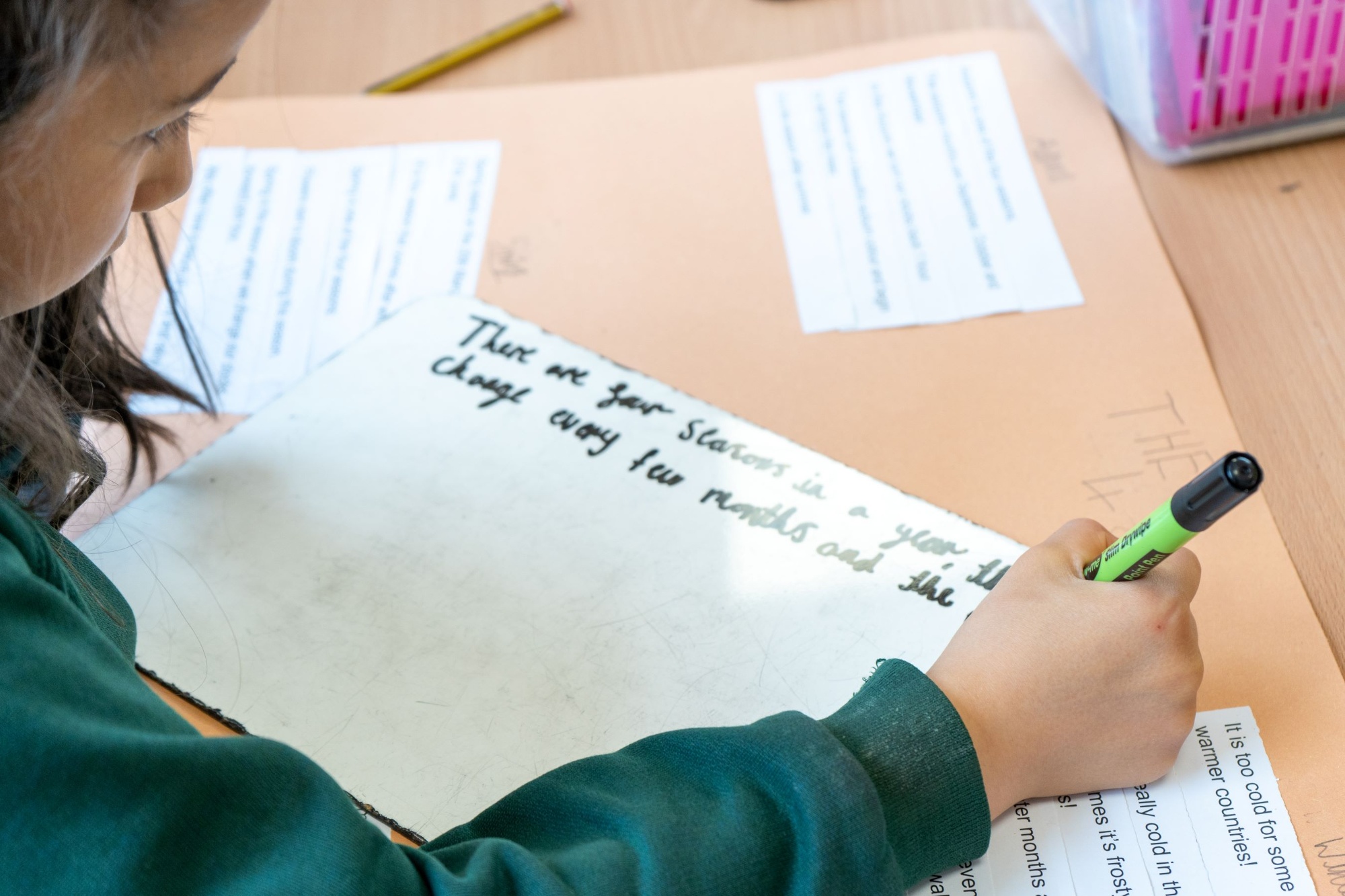Art and Design
Intent
Curriculum design at The Firs
In deciding on the intent behind the design of our curriculum it is our vision and values that are the starting point. See The Firs’ Curriculum Policy.
The key drivers behind the makeup of our curriculum are:
-
What we wanted to develop in a ‘Firs’ Mindset’ (which we defined as the values and approaches to life we wanted our children to live by and hold to).
-
The knowledge and skills we wished to develop in addition to those set out in the National Curriculum.
-
Any gaps in children’s knowledge, skills or awareness that we perceived, associated with the context of our local environment, location or general pupil characteristics.
-
Our understanding of what ‘Cultural Capital’ meant to us at The Firs and in each year group, how we could give children the chance to experience it.
All of the thinking behind these key drivers are set out in The Firs Scheme of Work.
We decided on an additional programme of learning, organised into a number of strands, that would complement the content from the National Curriculum. We have called these additional strands ‘The Firs’ Themes’.
The Art & Design Curriculum at The Firs
We believe that Art and Design:
-
Stimulates creativity and imagination
-
Provides visual, tactile and sensory experiences and a unique way of understanding and responding to the world
-
Provides opportunities to learn and make informed value judgements and aesthetic and practical decisions
-
Allows children to explore ideas and meanings in the work of artists, craftspeople and designers and to learn about the diverse functions of art and design in contemporary life and in different times and cultures
-
Has the power to enrich our personal and public lives
-
Is incorporated into all areas of the curriculum
In our teaching of Art and Design we aim to give pupils the opportunity to:
-
Develop their use of memory, imagination and observation
-
Enjoy the visual and tactile qualities of their environment
-
Develop the ability to evaluate and modify their own work and evaluate the work of others
-
Develop a specialist vocabulary so that they can discuss their own and other's work
-
Understand how methods and approaches used by other artists can be used to present their own ideas and feelings
-
Appreciate the distinctive characteristics of Art and Design from a variety of periods and cultures, in a variety of styles and genres
-
Develop confidence and a sense of achievement through the acquisition of new skills and techniques
We also aim to:
-
Provide a broad and balanced curriculum in accordance with the National Curriculum
-
Provide equal opportunities for all pupils regardless of race, religion or gender
-
Provide experience which ensure the inclusion of every child
-
Encourage and promote safe practice
National Curriculum Art requirements:
Purpose of study
-
Engage, inspire and challenge pupils.
-
Equip them with the knowledge and skills to experiment, invent and create their own works of art, craft and design.
-
Enable them to understand, progress and think critically.
-
Teach them how art and design reflects and shapes our history and contributes to our culture.
Aims
-
Produce creative work, exploring their ideas and recording their experiences.
-
Become proficient in drawing, painting, sculpture and other art, craft and design techniques.
-
Evaluate and analyse creative works using the language of art, craft and design.
-
Know about great artists, craft makers and designers and understand the historical and cultural development of their art forms.
We want our children to love Art and Design and we want them to develop an appreciation and grasp of the skills used by illustrators, graphic designers or printmakers. We recognise Art and Design as an important part of our children’s entitlement to a broad and balanced curriculum.
Our Art and Design curriculum has been carefully designed, so children develop their artistic capital by embedding the study of the works of great artists and art associated with different cultures, throughout our programme of work. For example:
-
In Year 1 - Kandinsky circles - Looking at the artist’s work and his use of primary and secondary colours. Henri Matisse - works such as ‘Painting with scissors’.
-
In Year 2 - Georgia O'Keeffe as part of the topic on flowers. William Morris, looking closely at his use of repeated pattern and colour.
-
In Year 3 - Aboriginal and Egyptian art, sculptures of Henry Moore and Claude Monet as part of the work on landscapes
-
In Year 4 - Keith Haring - representation of movement in art and use of outlines and colour, Picasso and distorted portraits - Exploring changed perspective, proportion and positioning. Also exploring how colour and shape affect mood. Henri Rousseau as part of the rainforest topic, mixing colours, naming shades and using different thicknesses of paint.
We aim to develop SMSC through our art and design curriculum by:
-
Spiritual: allowing pupils to think about the way they feel and react to various types of art and artistic expression - for example - responding to the painting ‘painting with scissors by Henri Matisse (Year 1) or discussing the way the beauty of flowers have been captured in different ways by artists including Georgia O'Keeffe. (Year 2)
-
Social: encouraging pupils to think about how art reflects the society around it, for example, children produce work in their sketchbook looking at face paint, masks, headdresses and jewellery from the indigenous people of Brazil and discuss how this relates to their life and the society they live in. (Year 4)
-
Cultural: examining how the nature of different cultures are reflected in the art produced for example looking at Aborigines, their country of origin and culture, focusing on ‘The Dreamtime’. Children read the ‘Rainbow Serpent’ story and look at examples of Aboriginal art discussing subjects and techniques children notice and how 'dreamings'/stories are depicted through pictures of animals/plants and symbols.(Year 3)
Implementation
During 2019-2020 our geography curriculum was carefully redesigned, focussing on ensuring there was a progression in skills and knowledge from lesson to lesson and year to year. Year group objectives have been created in The Firs Scheme of Work in order to support this and to form the basis for assessment.
Our school curriculum sets out the knowledge and skills that pupils will gain at each stage. It is clear what end points the curriculum is building towards each year and what children need to know and be able to do.
Subject content:
KS1 pupils will be taught:
-
To use a range of materials creatively to design and make products.
-
To use drawing, painting and sculpture to develop and share their ideas, experiences and imagination.
-
To develop a wide range of art and design techniques in using colour, pattern, texture, line, shape, form and space.
-
About the work of a range of artists, craft makers and designers, describing the differences and similarities between different practises and disciplines and making links to their own work.
KS2 pupils will be taught:
-
To develop their techniques, including their control and their use of materials, with creativity, experimentation and an increasing awareness of different kinds of art, craft and design.
-
To create sketchbooks to record their observations and use them to review and revisit ideas.
-
To improve their mastery of art and design techniques, including drawing, painting and sculpture with a range of materials eg. pencil, charcoal, paint, clay.
-
About great artists, architects and designers in history.
Coverage:
Year R
Autumn Term – Experimenting and investigating
Spring Term – Developing skills
Summer Term – Refining skills
KEY STAGE 1
Year 1
Autumn Term - Pattern
Spring Term - The Natural World
Summer Term - People and their Lives
Year 2
Autumn Term - Prints
Spring Term - Fish
Summer Term - Flowers
KEY STAGE 2
Year 3
Autumn Term – Art from Other Cultures
Spring Term - Sculpture
The children will be given opportunities to visit the Henry Moore Studio and gardens in Year 3, where they will be taken on a guided tour discussing the sculptures. The children are encouraged to reflect on the feelings the sculptures arouse, the techniques that have been used and they are encouraged to ask questions about the sculptures to help them with the scrap book work they complete on return to school.
Summer Term - Landscapes
Year 4
Autumn Term – Still Life and Drawing
Spring Term - Portraits
Summer Term - South America/The Rainforest
Schemes of Work - Key Stage 1 and 2
Both Key Stages follow The Firs’ Progression of Skills. This satisfies all National Curriculum programmes of study and ensures that children develop their art skills year on year, building on previously learned skills, engaged in a variety of tasks and having experience of using different media.
ICT:
-
The school digital camera can be used to record examples of children's work, as part of an Art and Design topic/project or to collect examples of work to be modelled by the class.
-
The Internet is a very useful source of information about particular artists, inspiring work and videos which show particular techniques to be mastered.
-
There are Art programs such as Dazzle to be accessed on our network and within the 2Simple software on Purple Mash.
-
Each year group has an ICT requirement for the children to fulfil relating to their art work which may be research based or experimenting with digital art tools.
Equipment and Resources:
-
Each classroom has a supply of basic Art and Design equipment including; paints, palettes, brushes, water pots, glue and scissors.
-
Cartridge paper should be used for drawing and painting and sugar paper for experimental work.
-
All other Art and Design resources eg. class sets of watercolours, oil pastels are stored in the trays and boxes in the Resources Room adjoining Year 2. (Please put them back neatly)
-
Please look for resources ahead of your lessons and check with the Art Co-ordinator before placing any orders other than for basic equipment to be stored in your room.
-
Useful websites for videos, examples of prints, powerpoints about artists etc are stored in year group resources folders of the Drive and should be added too as appropriate.
Impact
In order to measure the impact of the art and design curriculum, we use a range of formative and summative assessment in all lessons such as:
-
Questioning
-
Observations/learning walks/drop ins
-
Looking at children’s work
-
Feedback from staff and children
-
Analysis of our assessment tool linked to Scheme of Work objectives/National Curriculum for each year
Assessment information is collected and analysed by the subject leader using the school art & design assessment template, for each year group, as part of our monitoring of teaching and learning. This process provides us with an understanding of the quality of education in geography as well as indicating areas for development.




